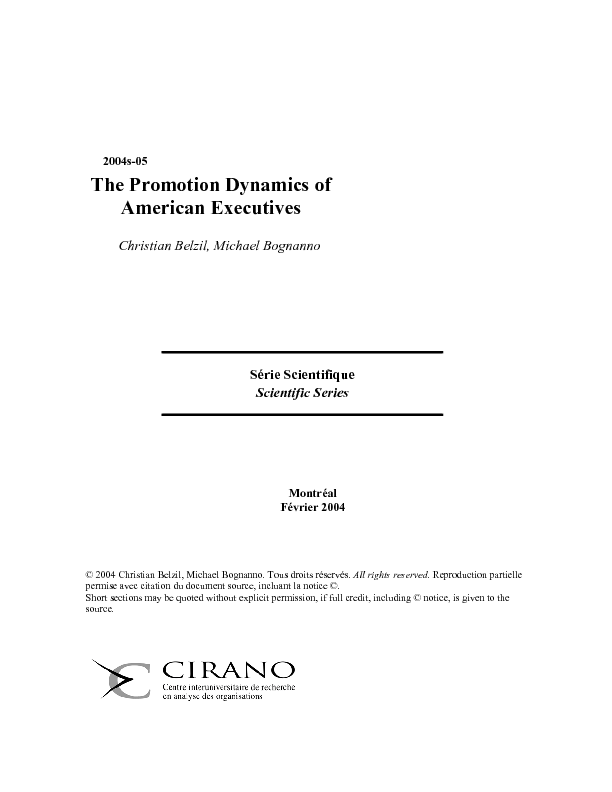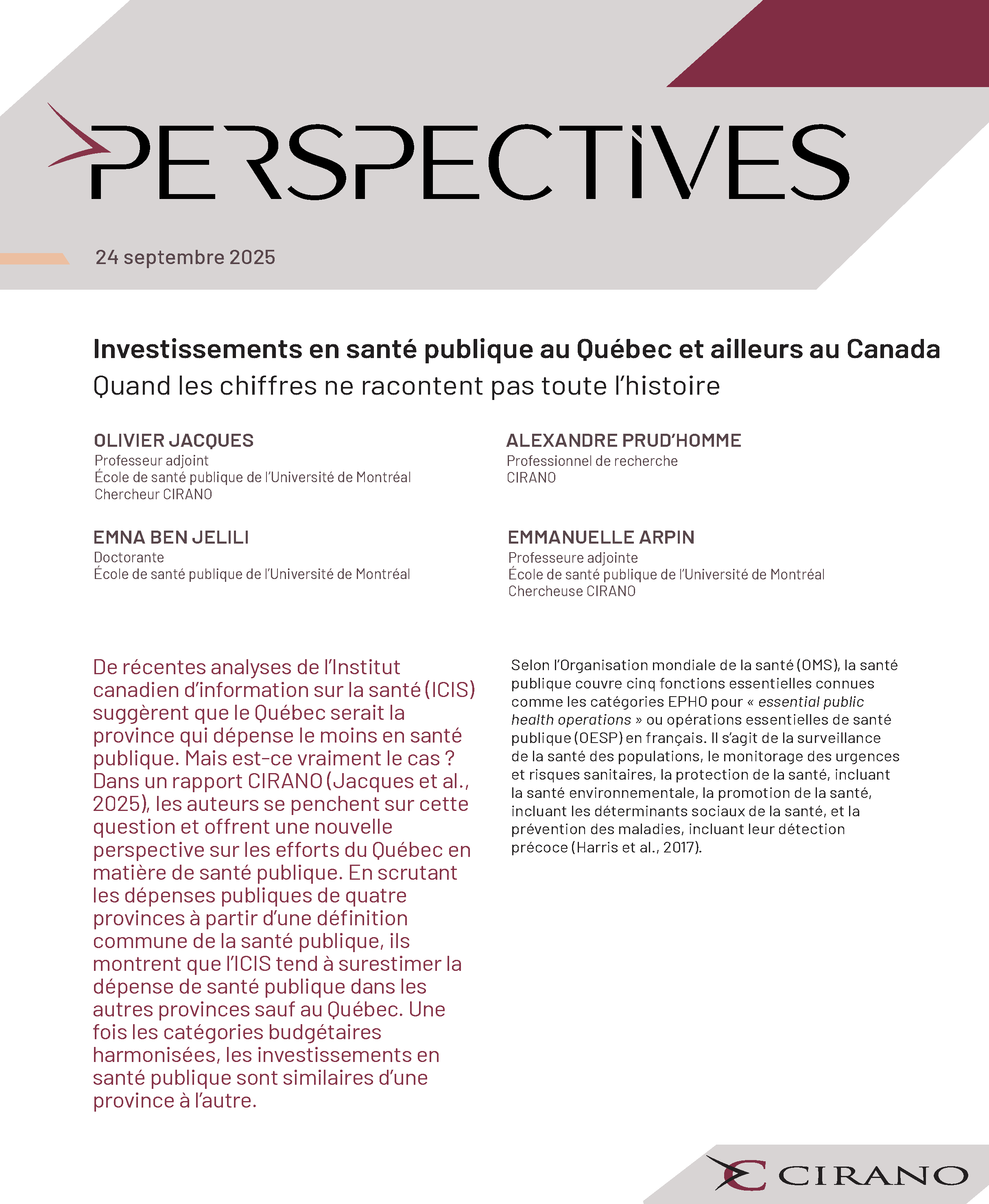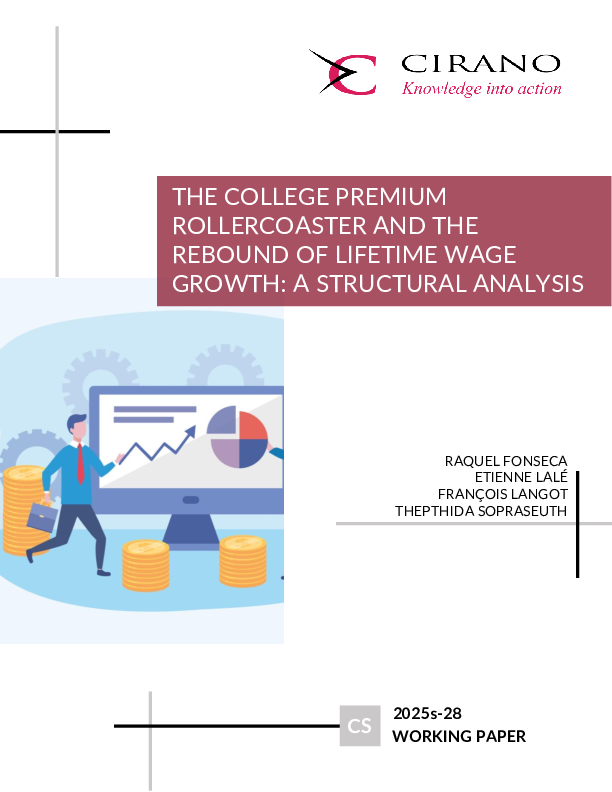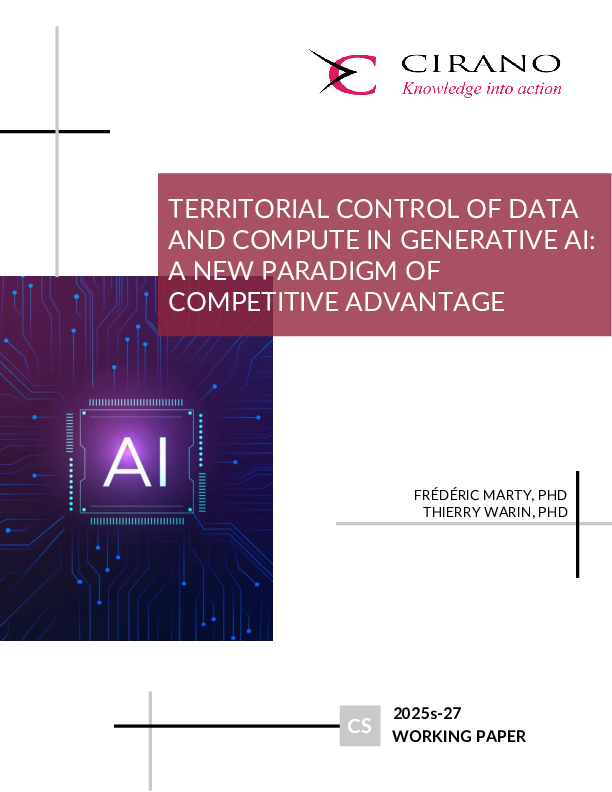The Promotion Dynamics of American Executives
We formulate an empirical model of promotion with dynamic selfselection where the current promotion probability depends on the hierarchical level in the firm, individual human capital, unobserved (to the econometrician) individual specific attributes, time varying firm specific variables (firm size and profits) as well as endogenous past promotion histories. We examine the causal effect of previous promotion histories (as measured by realized speed of promotion) on future promotion outcomes. The model is fit on an 8 year panel of promotion histories of 30,000 American executives employed in more than 380 different firms. The stochastic process generating promotions is weakly correlated with standard human capital endowment variables (age, schooling and tenure). It may be viewed as a series of promotion probabilities which become smaller as an individual moves up in the hierarchy and is primarily explained by individual (or firm) specific factors other than measured human capital. We also find that, conditional on unobservables, the promotion probability is only mildly enhanced, on average, by the speed of promotion achieved in the past (a structural fast track effect). However, we find the existence of a relatively high cross-sectional dispersion in the effect of past promotion histories and we are able to provide an explanation for this relatively high dispersion. In general, the magnitude of the individual specific effect of achieved speed of promotion is inversely related to accumulated human capital (schooling and tenure). We believe that these findings are consistent with the hypothesis that the signaling aspect of past promotions is stronger for those who are less educated and stronger for those who are relatively new in a firm. We also find that a negative correlation between current promotion and past speed of promotion cannot be ruled out for a portion of the population, and we are able to relate this finding to the "Peter Principle""."
[ - ]




